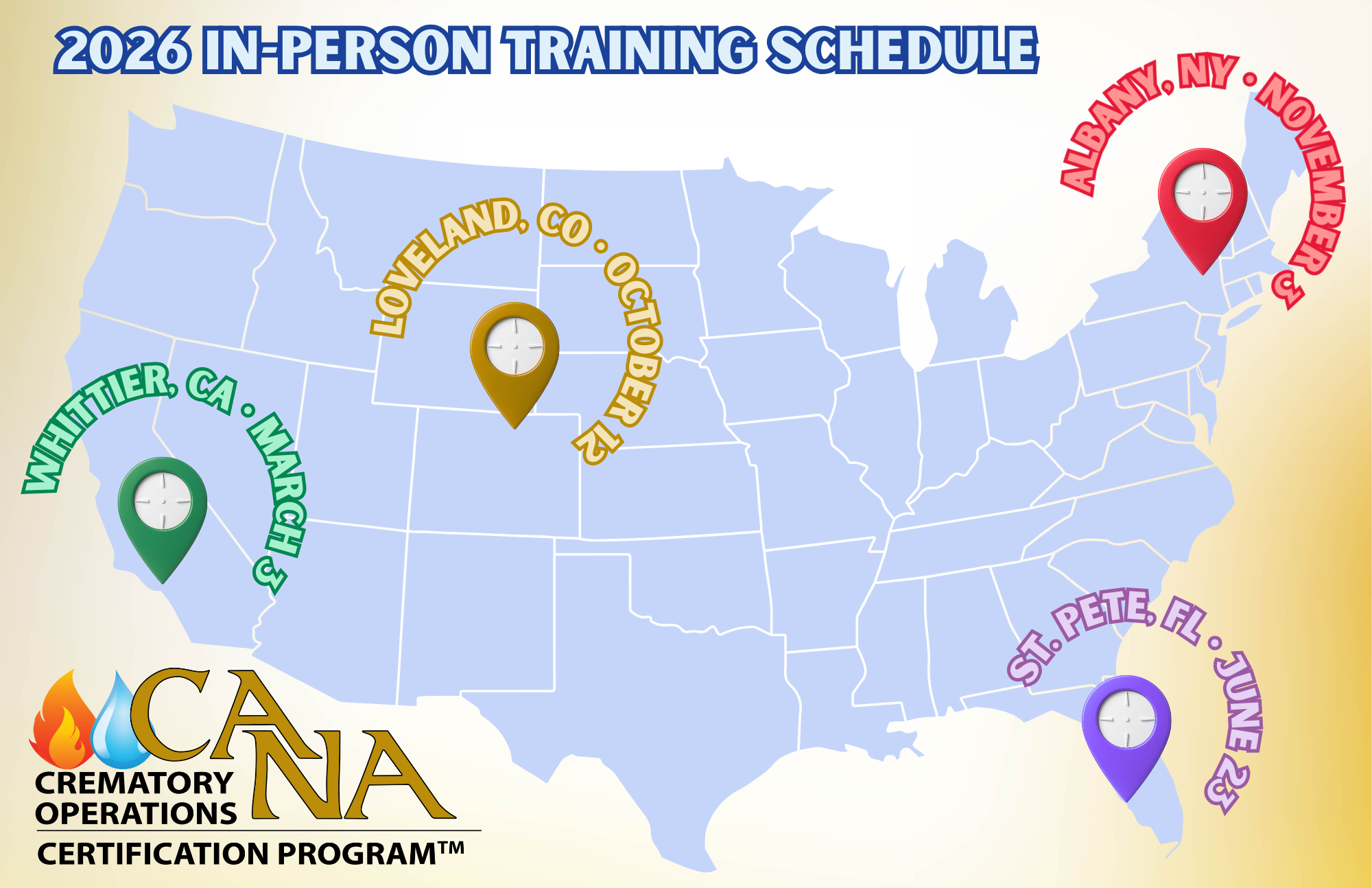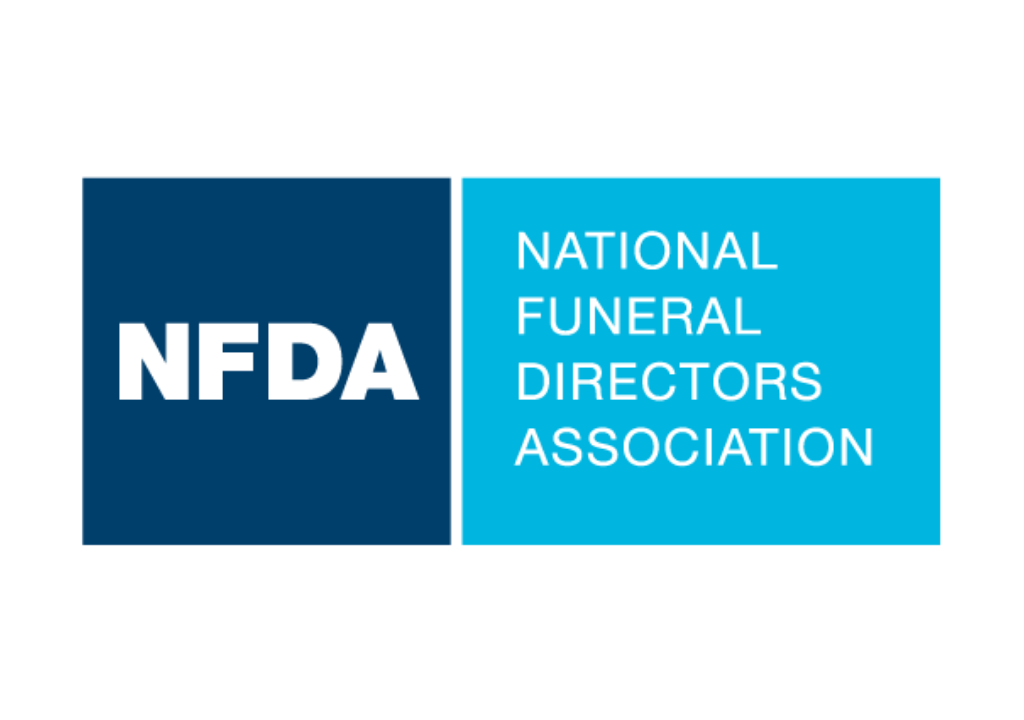CANA Insights: Do You Speak Mortician-ese? The Death Care Disconnect
You expect to see occasional blank looks during your meetings with grieving families. They may still be processing their loss, or simply overwhelmed by the choices they’re having to make in a short period of time. But if you’ve used words like “cremains,” “niche,” or “columbarium” in your conversation, those blank stares might be straight-up confusion — and evidence of a death care disconnect.
A different vocabulary
At last year’s convention of the Cremation Association of North America, CANA’s Barbara Kemmis and Pam Kleese of Homesteaders Life Company presented groundbreaking research on consumer behavior and attitudes toward cremation. Their research was gleaned from a series of focus groups with people who had recently arranged a cremation for a loved one.
Two of the most eye-opening insights from these groups concerned a knowledge gap and language disconnect that exists between you and the families you serve. Focus group participants indicated that they didn’t understand a lot of what their director was telling them during the arrangement meeting.
They want you to speak their language. For example:
You say… They say…
Columbarium Wall, vault, or mausoleum
Cremains Ashes
Scatter Spread or dump
Urn Plastic bag or box
Niche Drawer
First call Pick up or take away the body
Funeral director “The guy,” “The funeral home,” “Nice lady”
Don’t make them Google it
We know you’re cringing at the term “ashes,” but like it or not, that’s the word most of your families use in real life. If it helps at all, know that you’re not alone. There are similar language disconnects in other industries. Bankers may use the term “demand deposit” internally, but when they talk to customers, they say “checking account.” Doctors may say “hematoma” when pointing to what we’d call a “bruise.” Attorneys (and funeral directors, too) may use the words “advance directive” instead of the more common term “living will.” Obviously, these terms can leave customers and patients confused and questioning.
Many of the participants in CANA’s focus groups had more questions after their interactions with the funeral home staff. Instead of asking those questions, though, they Googled for answers. They wondered if they could take ashes (cremains) on an airplane, and if so, would they have to be checked as baggage. Some wanted to know where they could spread ashes (scatter cremains) legally. Others were curious about having a visitation before cremation. Whether the information they found online was accurate or reliable, we really don’t know.
Shopping with you, not Amazon
Often, searching for those answers online leads to another problem — one that can cost you revenue. Googling “cremation” brings up all sorts of cremation-related products and services. After just a few clicks your family can purchase an urn, keepsake jewelry, and other items that you could have sold to them.
“For some reason we don’t feel comfortable making recommendations [for these products] at the time of cremation,” Kemmis explained. “Or when we do, they are not ready to purchase. The time frame becomes an issue. When we sit down with the family, we’re not introducing them to these products. It’s something we think we’ll do later, that they will come back when they are ready. The problem, though, is they often don’t return to the funeral home.”
One answer to this particular disconnect (and missed opportunity) is to approach a cremation family as you do a burial family. Your families, it seems, can tell a difference. Some of the focus group participants felt that the “cremation or burial” question their director asked was an “either/or.” In fact, one referred to cremation as “the opposite of burial.” If this is your mindset, you’re missing out.
Teach and reach
During their presentation, Kemmis and Kleese suggested that directors really focus on consumer education and outreach. Consider something as simple as adding a glossary page to your website. Better yet, offer in-person community presentations (when you’re again able to do so) or educational webinars.
Perhaps there’s room for compromise, as well. You might just consider using the words your families are using — as difficult as that may be from a professional standpoint.
“I know that whenever you enter a profession you have to learn the jargon,” Kemmis said in a later interview. “I understand that. When I came to CANA I was surprised at the number of euphemisms for what we do and offer, though.”
Kemmis understands the reason for the industry’s specific terms, like ‘cremated human remains.’
“We don’t say ‘ashes’ because we want to retain the dignity of the remains,” she said. “You say ‘ashes’ and think about fireplace ashes. There’s no dignity in that.”
The problem now, though, she explained, is that our profession’s terminology and the cremation vs. burial mindset has created a disconnect between us and the families we serve. Likewise, our reluctance to explain what’s really happening with their loved ones and the many options they have leaves families wanting more.
Potential solutions to the disconnect
It’s clear that we have a lot of work to do when it comes to educating families about cremation and other aspects of the profession. Kemmis and Kleese offered a few recommendations:
- Consider presenting a family with all of their options up-front. Just assume they don’t know anything about it. Chances are, they don’t. Cremation doesn’t automatically preclude embalming, a memorial service, or burial, but your family may think it does.
- Don’t hesitate to share post-cremation product options like urns, keepsakes, or solidified remains at the time of arrangements. Again, families may not know these things are available.
Kemmis suggests creating a “cremation timeline” that spans from the date of death to the time you return cremains to a family. Carefully explore every step of the process, and make sure you’re communicating with the family along the way. - Understand that the simplicity of a cremation doesn’t mean that the grieving process is shorter or easier. Your families still need aftercare, and this should be included in your timeline.
Add all of your products — including cremation keepsakes and the like — to your website’s storefront. If families aren’t ready to purchase at the time of need, make them aware of your site for when that time comes.
The research CANA and Homesteaders’ Life Insurance gathered from these focus groups offer valuable insights for the profession. First, cremation is not just about a body; it’s about a person. Also, cremation is about connection and simplicity, but not necessarily about price. They also said our profession has room for improvement. Lastly, we can’t speak a different language than our cremation families, or treat them differently than “traditional” ones.
As Kemmis explains, the acceptance and popularity of “cremation didn’t happen overnight.” However, educating and understanding our cremation families can’t wait another 100 years.




